Catherine Telford Keogh
Circuit Trouble
September 18 – October 23, 2021
Opening: Saturday, September 18th, 2-5pm
Bodies are materially open to the world. They are porous, have senses, and digest. In other words, they are biologically equipped to encounter our ecosystems. The pliant boundaries of the body can be a vulnerability, but over time the efficacy of these boundaries have also been fudged in the dominant imagination based on individuals’ gender, ethnicity, race, and economic status. This manifests through the cultural phenomenon of ‘cleanliness’ that feeds both capitalism and stereotypes. “Dirt” as Anne Carson writes, “is matter that has crossed a boundary it ought not to have crossed.” Meaning, the same matter can be categorized differently depending on where it is located in the social system. ‘Dirt’ is not an empirical fact.
Catherine Telford Keogh’s exhibition of new work, entitled Circuit Trouble, locates and disorients the fabricated boundaries that polarize ideas of cleanliness and contamination. Reflecting on how boundaries maintain ideas of autonomy, the artist has created a series of sculptural enclosures that sift through questions of function tied to ideologies of sanitation. Telford Keogh’s work combines reclaimed materials related to hygienic containment such as shower inserts, nail salon sinks, and air fresheners, and fills their cavities with garbage and found debris collected from sidewalk tree beds in Brooklyn, New York. The floor sculptures Deep Low Life (Blue Gaspe) and Deep Low Life (Pantone® Yellow Lime) also contain the bacteria marinobacter hydrocarbonoclasticus. Hovering above the static debris inside the works, cursive glass tubes used for advertising neon signage are filled with used motor oil and the hydrocarbon eating marine bacteria, functioning as a separate digestive system and creating multiple registers of consumption.
The contents are not entirely discernible as they are often physically compressed or contained, preventing complete visibility and, by extension, narrativization. They are further obscured by Telford Keogh’s use of commercial logos in shaping the objects themselves. The visual opacity that the artist creates instead draws attention to the untidy interactions between objects, bodies, matter, and digital technology in the context of our present ecological and extractive capitalist climates, and how attempts to contain them occur simultaneously and en masse. Exceeding the boundaries of these sculptural containers are scents and sounds. In SolidAir™, cast blocks of Febreze Wax Melts excrete a scent meant to signify ‘cleanliness’ despite having no relation to bacteria, and on another sensorial plane, TUMS® “Water Brash” and TUMS® “Sour Stomach” emit a sound project that Telford Keogh collaborated on with the biophysicists Ashley Nord and Matthew Baker. This soundtrack is a transcription of E-coli—a bacteria found in the gut that aids in digestion— moving through a liquid medium, made possible by microscopic plastic beads being non-invasively attached to the flagella of the bacteria, and creating sounds when they hit each other in a petri dish.
These media create a series of relations around digestion and excretion, and consider how this is often interrupted through the colonial-capitalist desire to categorize. Hygienic containers function to reinforce boundaries that are innately insecure; we are conditioned to think we are ‘clean’ despite our consistent creation of waste. The obsession with the myth of complete cleanliness, Telford Keogh notes, centers on the fear of something outside infiltrating a boundary that keeps the self ‘safe.’ Essentially, it is the fear of “matter out of place.” By extension the artist does not create a straightforward narrative via representation, but rather consolidates a plethora of decontextualized biological, consumptive, and technological relations to consider how we are enmeshed in contact.
- Magdalyn Asimakis
Catherine Telford Keogh (born 1986, Toronto, Canada) is an interdisciplinary artist whose work explores systems of containment, circulation and consumption that structure the bonds between language, biomatter, commodity objects, and waste. She received an MFA in Sculpture from the Yale School of Art and an MAR in Women, Gender and Sexuality Studies from Yale University. She has held recent solo exhibitions at Helena Anrather, New York; Roberta Palen, Toronto; University of Waterloo Art Gallery, Waterloo, and also exhibited at Galeria Fidelidade Arte, Lisbon, Portugal; Bronx Museum, New York; Galerie Antoine Ertaskiran, Montreal; Seattle Art Museum, Washington; Thkio Ppalies, Cyprus, and Interstate, New York. She is an artist-in-residence at the Pelling Laboratory for Augmented Biology at the University of Ottawa where she is examining the bacterial metabolism of waste.
With support of the Canada Council for the Arts, the Ontario Arts Council, the Toronto Arts Council, and the Superframe Framing Fund.
















